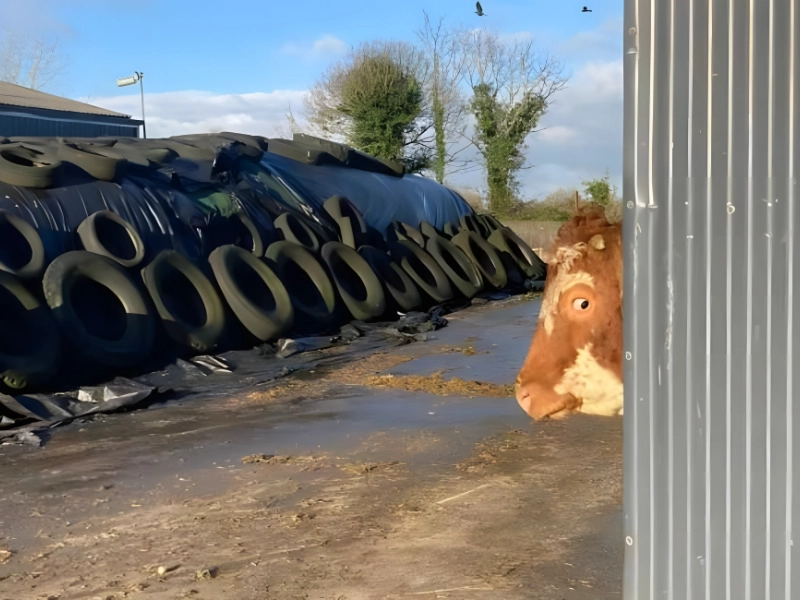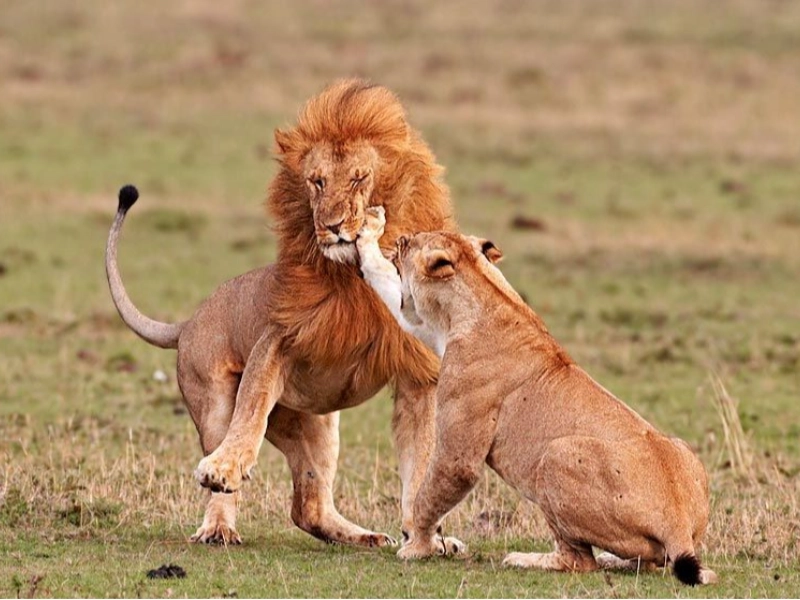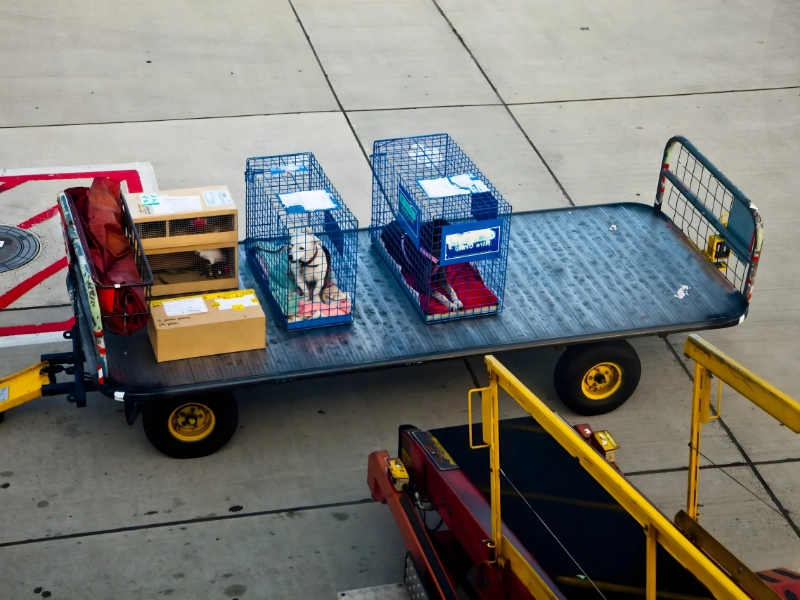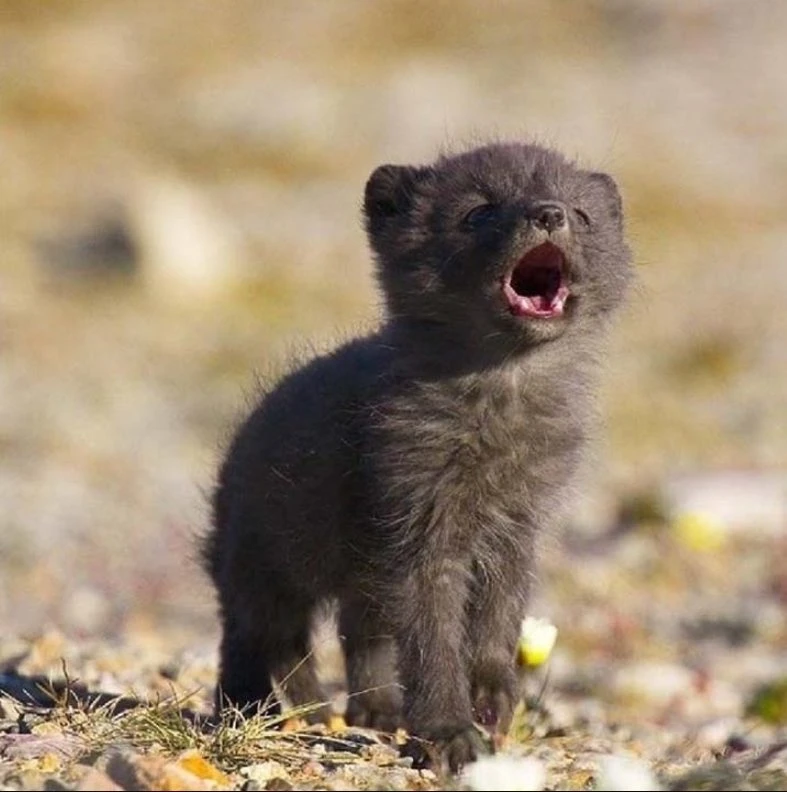The Hidden Danger Every Dog Parent Needs to Know
Children having fun with dogs
Safely Introducing a Dog to a Home with Small Children Understanding the Dynamics: Careful Introduction: Bringing a dog into a home with small children requires careful consideration to ensure the safety and comfort of both the dog and the kids. Supervision is Key: Never Leave Unattended: Dogs and young children should never be left alone together. Constant supervision is essential to prevent accidents. Teaching Respectful Interactions Instructing Polite Behavior:
Set Boundaries: Teach children how to interact with the dog respectfully, emphasizing gentle touches and appropriate play. Recognizing Dog Body Language:
Signs of Fear and Anger: Educate children on recognizing signs of fear or discomfort in dogs, such as growling, baring teeth, or a tucked tail. Gentle Petting Techniques:
Soft Touch: Teach children how to pet the dog softly to avoid startling them. Demonstrate proper petting techniques, focusing on calm and gentle interactions. Building Positive Relationships Supervised Playtime: Encourage supervised play sessions where children can engage with the dog in a controlled environment, reinforcing positive behavior.
Positive Reinforcement: Reward both the dog and the children for good interactions, creating a positive atmosphere around their relationship.
Conclusion By teaching children how to interact safely and respectfully with dogs, you can foster a loving and secure environment for both your pet and your little ones. With proper guidance and supervision, a harmonious relationship can develop, enriching the lives of everyone in the household.

Limit Access When Necessary: If needed, restrict access to certain areas until children are older and better understand how to interact with pets.
Choosing the Right Dog Breed Family-Friendly Breeds:
Tolerance and Socialization: Opt for breeds known for their tolerance and good socialization skills, making them suitable for homes with young children. Training for Resilience:
Behavioral Training: Dogs that undergo training are better equipped to handle the chaotic nature of family life, including unexpected events like loud noises or toys on the floor. Promoting Positive Relationships Supervised Interactions: Encourage supervised play to help both dogs and children learn to coexist harmoniously.
Positive Reinforcement: Reward both dogs and children for good behavior during interactions, fostering a positive environment.
Conclusion With proper management, training, and the right breed choice, dogs and children can develop a wonderful relationship. Preparation and education are key to ensuring that both pets and kids thrive in a shared home, leading to joyful and safe interactions.








